Centre for language research
About
Centre for Language Research will, among other things, focus on:
- the Greenlandic language is studied and communicated by Greenlanders for Greenlanders
- we get a database of knowledge about the Greenlandic language
- documentation of Greenlandic dialects
- collecting language research in general in cooperation with Greenlandic institutions as well as international institutions interested in working with languages
Goal
The primary goal of the Centre for Language Research is to:
- research and communicate the Greenlandic language to Greenlandic speakers
We investigate the following areas in the teaching of Greenlandic:
- Areas that are doing well
- Areas to be strengthened
- Areas lacking in education
The research take place in these areas:
- Public school
- Gymnasium
- Ilinniarfissuaq
- Ilisimatusarfik
Greenlandic as a mother tongue is researched and communicated.
In parallel, Greenlandic as a second / foreign language is communicated.
How
Communication of Greenlandic grammar at seminars for Greenlandic-speaking teachers as needed.
- If you need a seminar / course, just e-mail [email protected]
Communication happens at Ilisimatusarfik or online.
Presentations
Here are presentations from the comparative seminar in Greenlandic, Danish & English on 2-3 October 2024:
- Naja Blytmann: Sentence analysis in Greenlandic
- Bente Meilvang & Therese Lind Benhardt: Introduction to syntactic analysis in Danish
- Sentence analysis in English
- Ivalo I. Mathiassen & Karen Ramsøe: Workshop, grammar didactics, examples of exercises in sentence analysis
Presentations from Det multisproglige & multidialektale Grønland - implementering af sprogloven i de forskellige institutioner i Grønland 17 - 18 November 2022 (in Greenlandic or Danish):
- Marie Maegaard: Projektet: Sidste udkald - dialekt som sproglig kulturarv i Grønland
- Beatrine Heilmann: Oqaasileriffiup Oqaasiliortullu suliaat maanna siunissamilu
- Naja Blytmann Trondhjem: Meeqqat sineriammi 'rigsgrønlandsk'imik atuineri ajornartorsiutillu 'rigsgrønlandsk'ip nassatai - Fokus på børns brug af 'rigsgrønlandsk' på 'kysten' og problematikkerne det involverer
- Peter P. Olsen: Præsentation af sprogloven
- Ivalu I. Mathiassen: Sprogspor og sprogundervisning ved Institut for Læring
Presentations from the opening ceremony, 28 October (in Greenlandic or Danish):
- Head of centre Naja Blytmann Trondhjem: Welcome and presentation
- Anna Karina K. Lyberth & Arnanguak Lyberth: Materials development in Greenlandic in primary schools
- Minik Jeremiassen: Korpus database at Oqaasileriffik
- Ivalu I. Mathiassen: Language tracks at the Institute of Learning and reading strategies of novice readers - part one and part two (video)
- Elin Neshamar: Greenlandic-Faroese dictionary
- Tikaajaat Kristensen: Greenlandic writing - from the 1700s to today
- Beatrine Heilmann: Language technology development at Oqaasileriffik
- Arnaq B. Johansen: Processing of location names at Oqaasileriffik
- Bente Meilvang: Contrastive grammar
- Mette Larsen Lyberth: The structural position of Greenlandic in schools and the development of language skills
- Christoph Hare Svenstrup: Linguistic diversity as a resource - an inclusive approach to language is the way forward
Projects
Last call - Greenlandic dialects as linguistic heritage
University of Copenhagen, in collaboration with Ilisimatusarfik, the National Museum & Archives of Greenland and the National Museum of Denmark, has received DKK 3.8 million from Augustinusfonden for a research project on the collection, analysis and dissemination of Greenlandic dialects.
Teaching Greenlandic in primary school
Publications
Main findings on the linguistic and communicative development of Greenlandic-speaking young children (8-36 months) (2022) (in Greenlandic and Danish)
Background
Since Hans Egede began his studies, the Greenlandic language has been the subject of research and study - mostly by non-Greenlandic scholars - primarily to gain knowledge of the exotic nature and structure of the language.
The focus has been on the polysynthetic nature and how the many inflectional paradigms and many affixes / attachments can form a long word, and how the complicated sentences are formed with several kinds of verbs and countless inflectional endings in the nouns.
Many Greenlandic textbook materials are produced by non-Greenlandic educators or researchers with the aim of teaching how to form comprehensible words and sentences, from a foreign language into Greenlandic.
This approach has been used in many materials also for Greenlandic-speaking primary and secondary school students, focusing on conjugation endings e.g. singular plural difference, and other conjugation endings.
For more than 100 years, the Greenlandic language has been communicated as if it were a foreign language, even to native speakers. This approach is not a method to be used when students speak a fluent Greenlandic language, as they do not need to learn conjugation paradigms without ad.
This project will be an empirical study of teaching on the coast, in close collaboration with the local teachers, by questionnaire survey, interviews, conversations and attendance of teaching in the local schools. The missing materials for the dissemination of Greenlandic language will then be prepared.















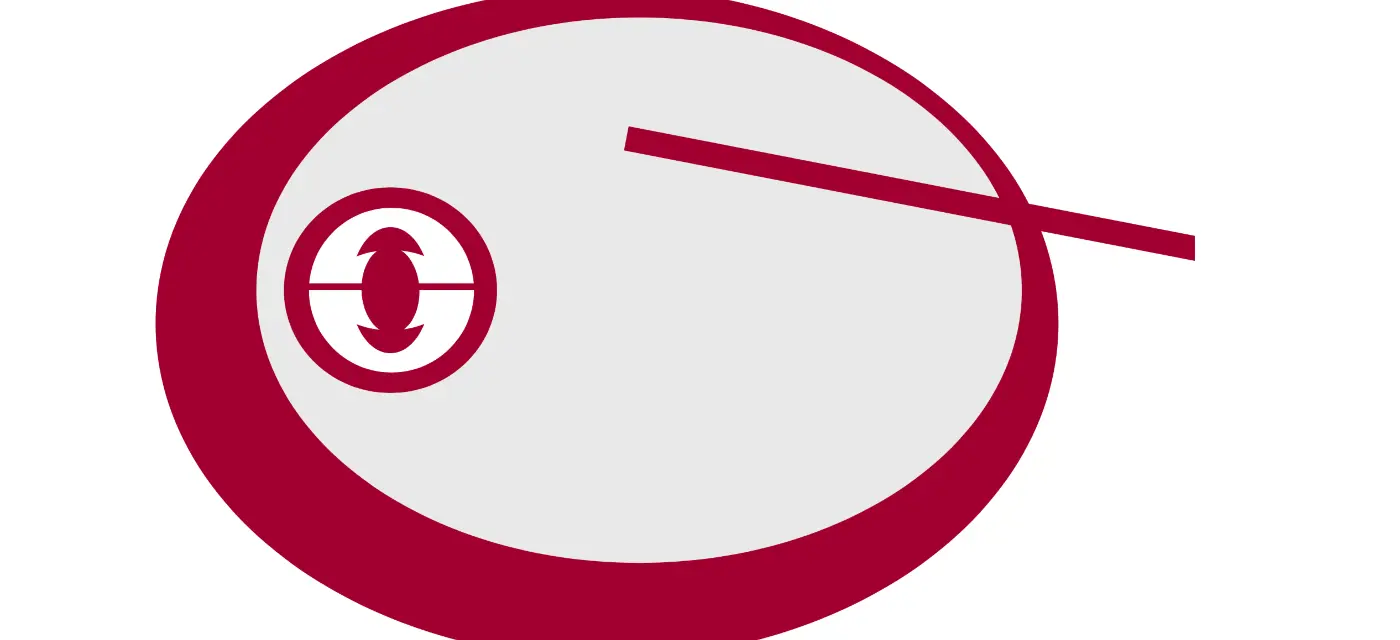
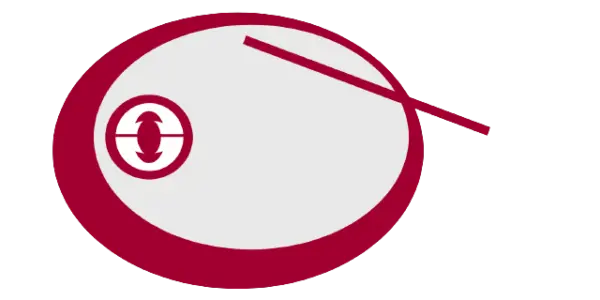
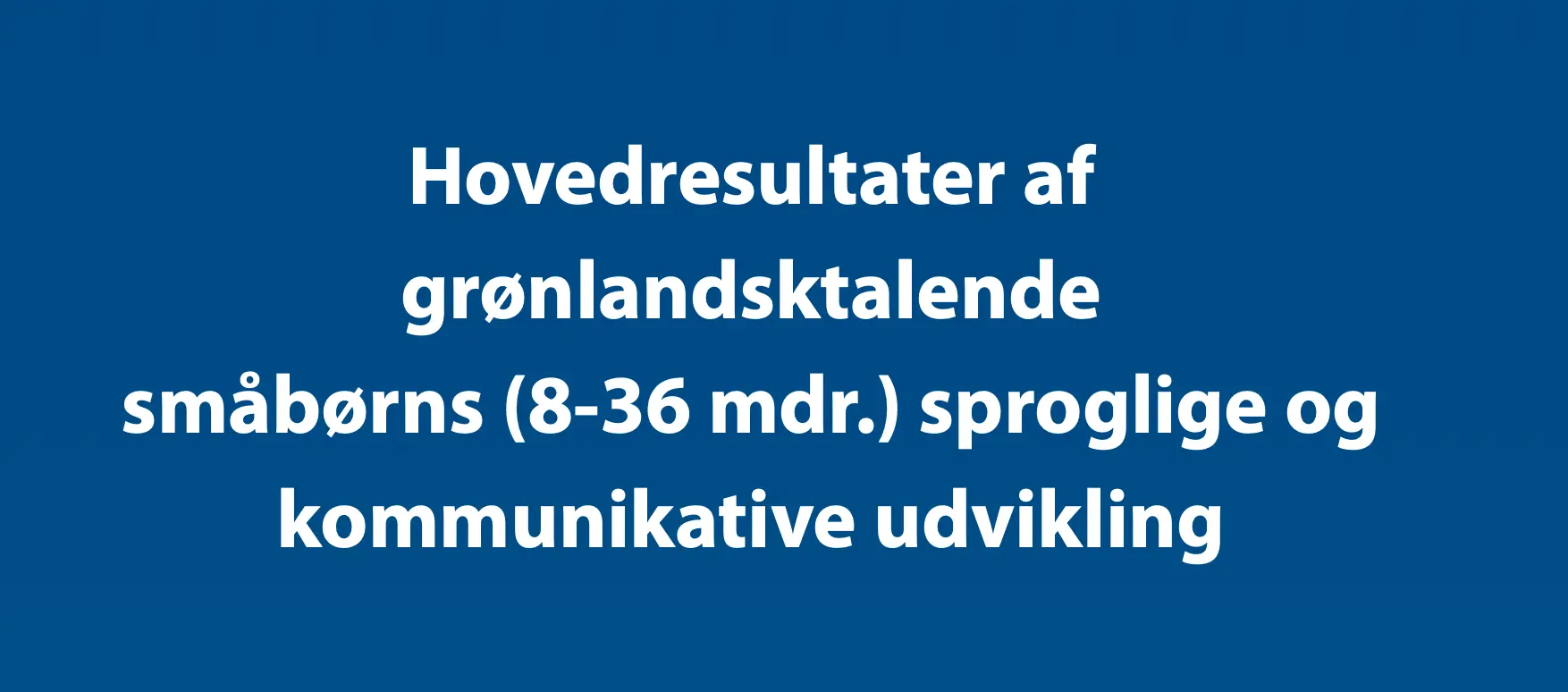
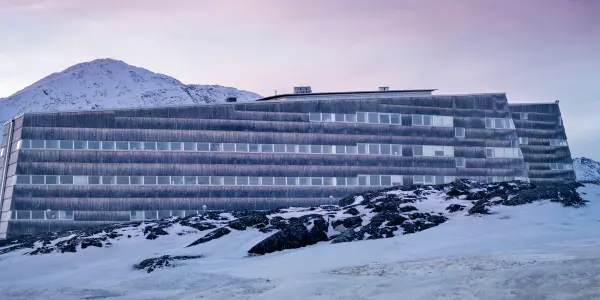
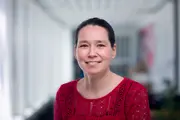
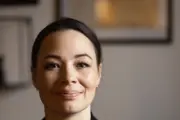
 FACEBOOK
FACEBOOK LINKEDIN
LINKEDIN Copy link
Copy link
